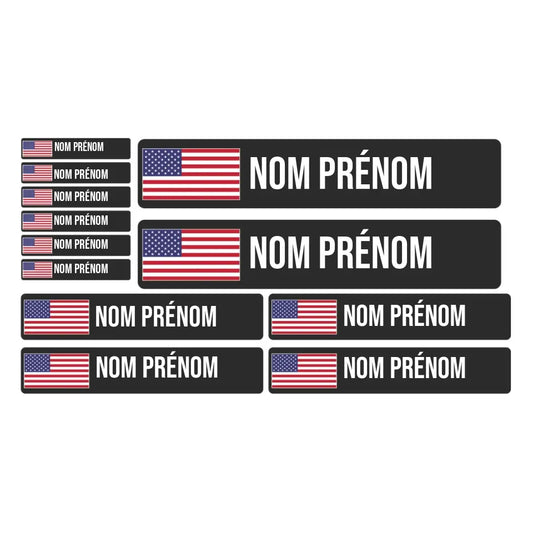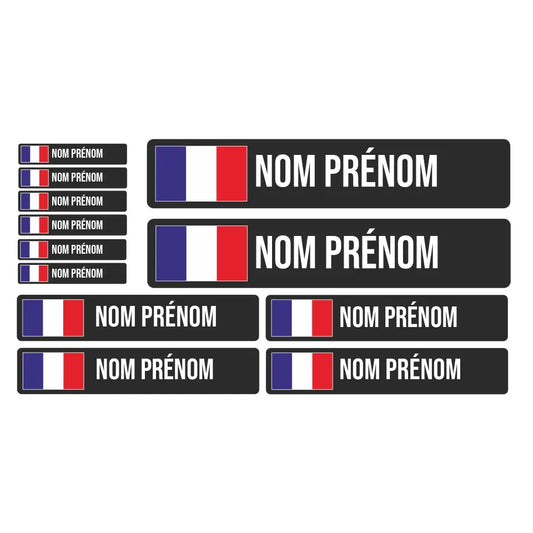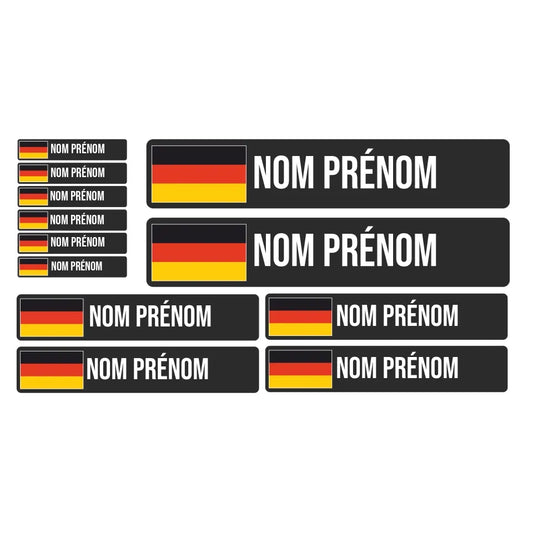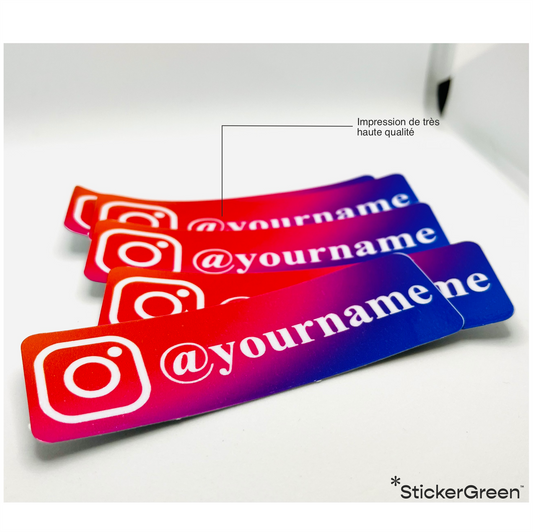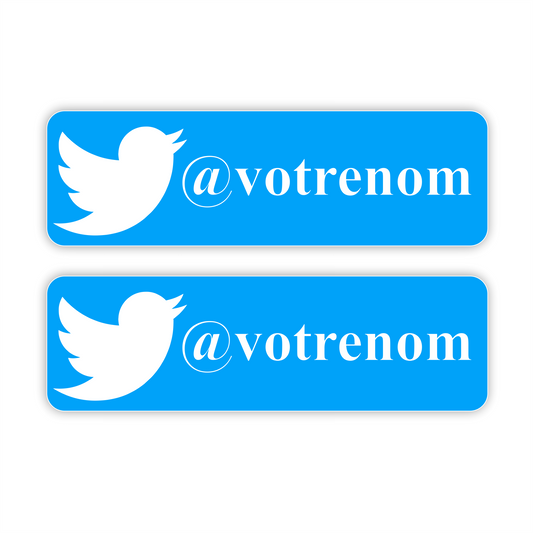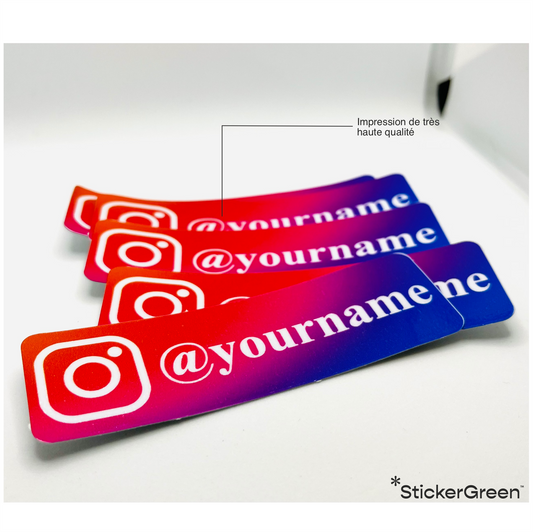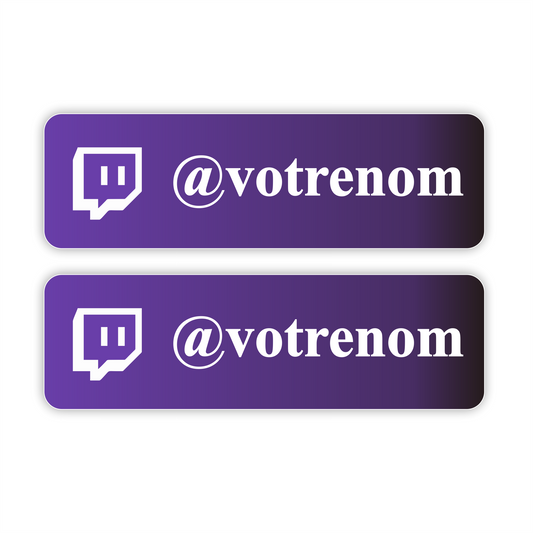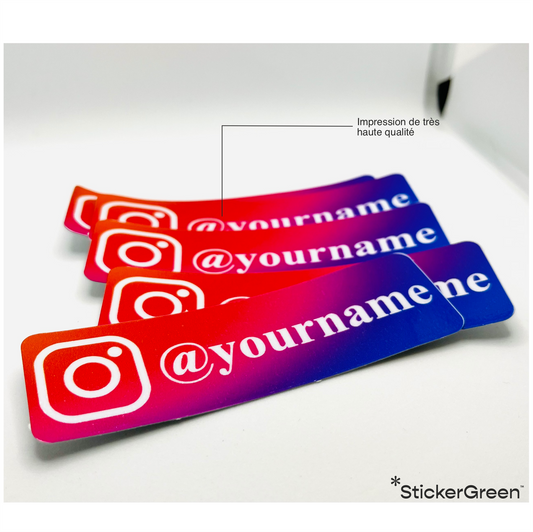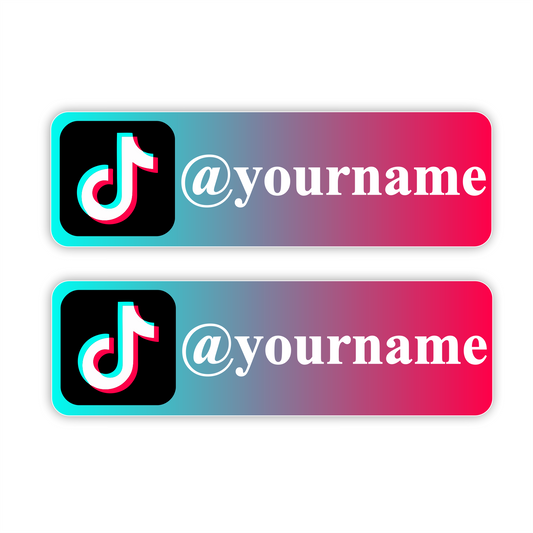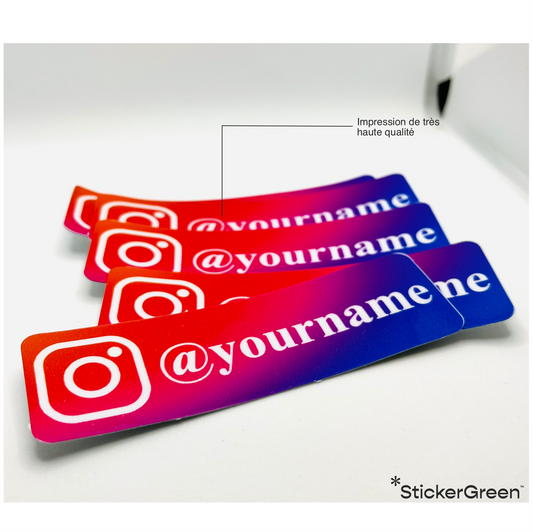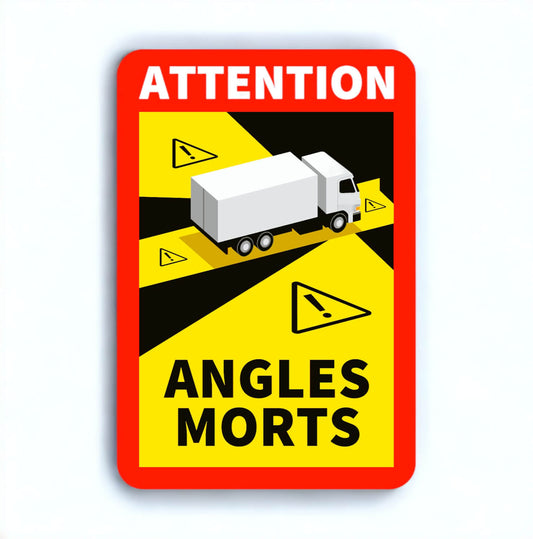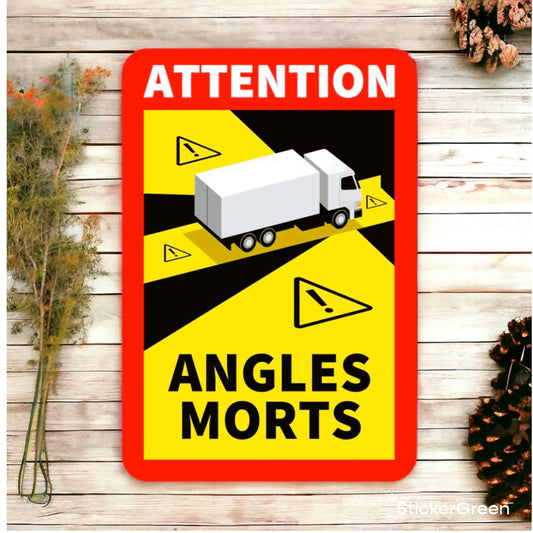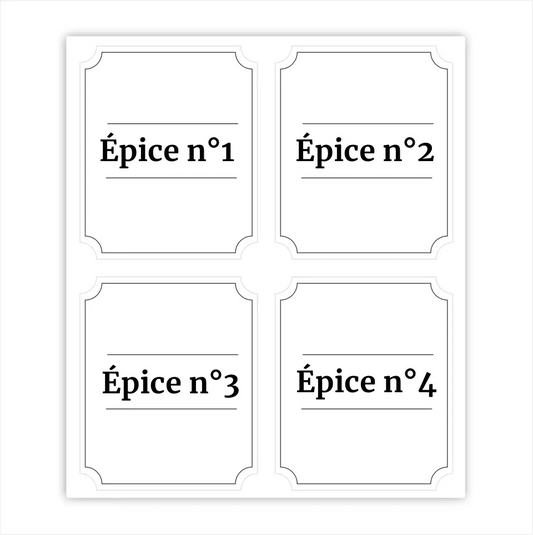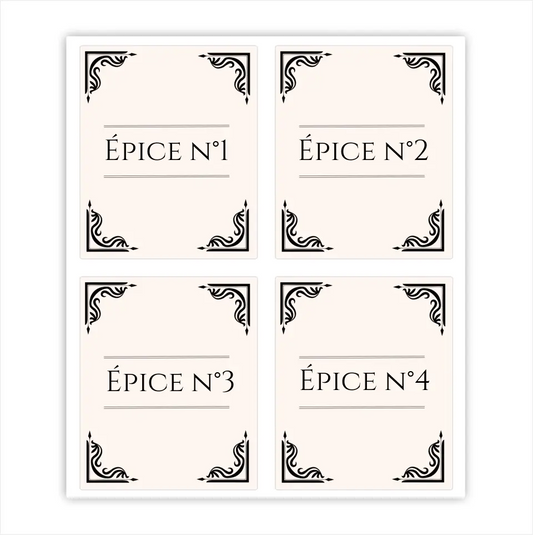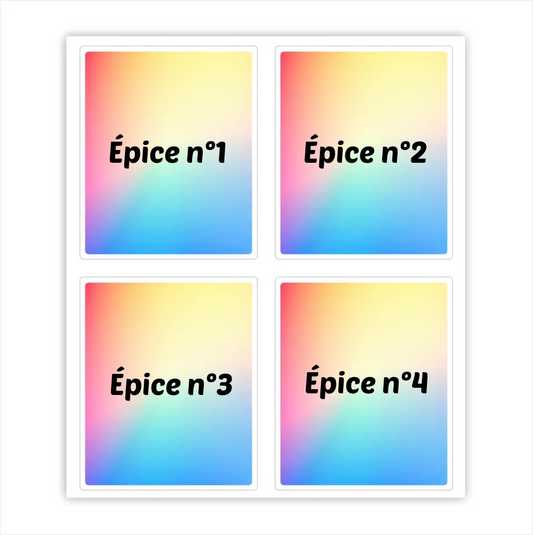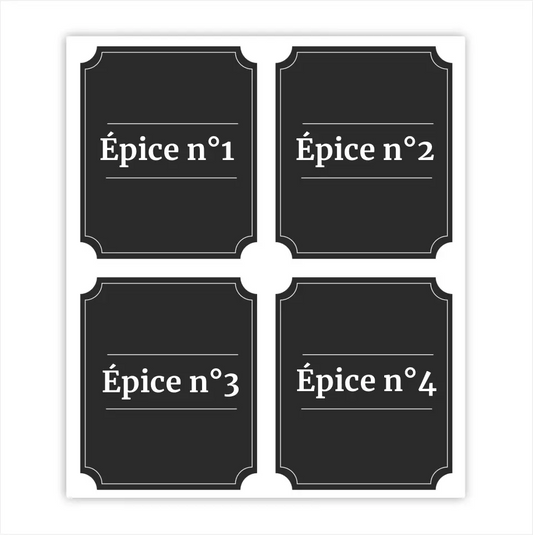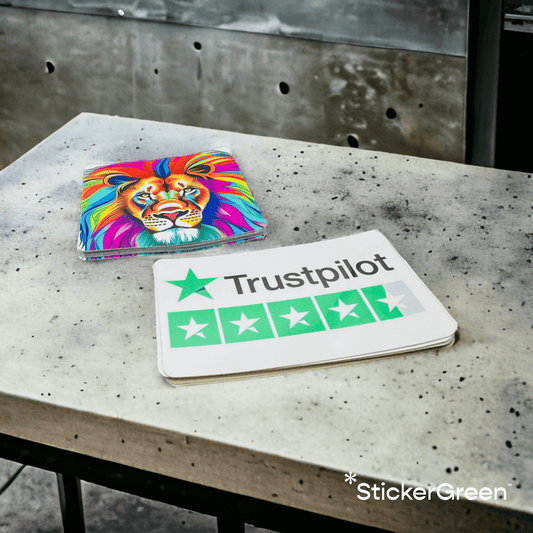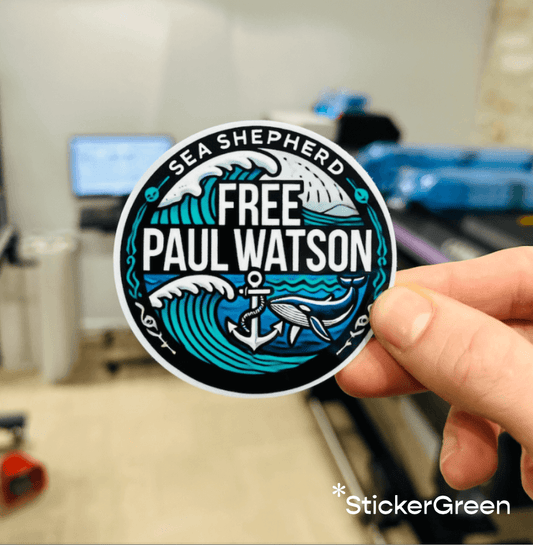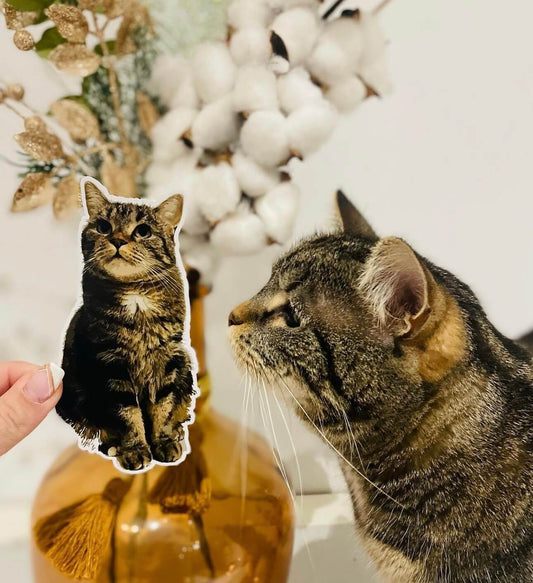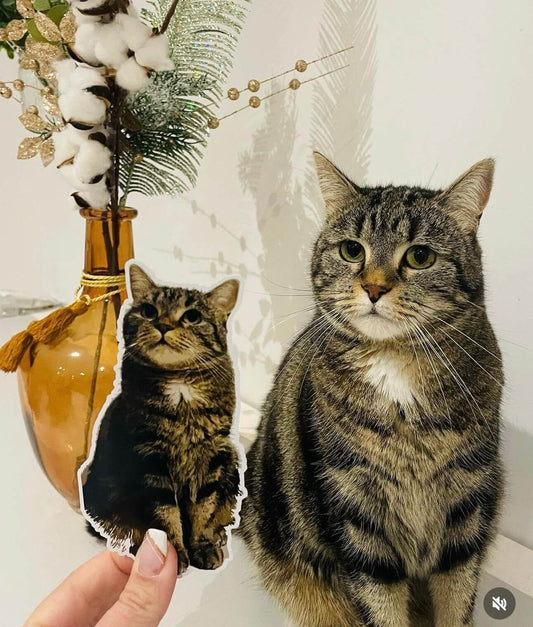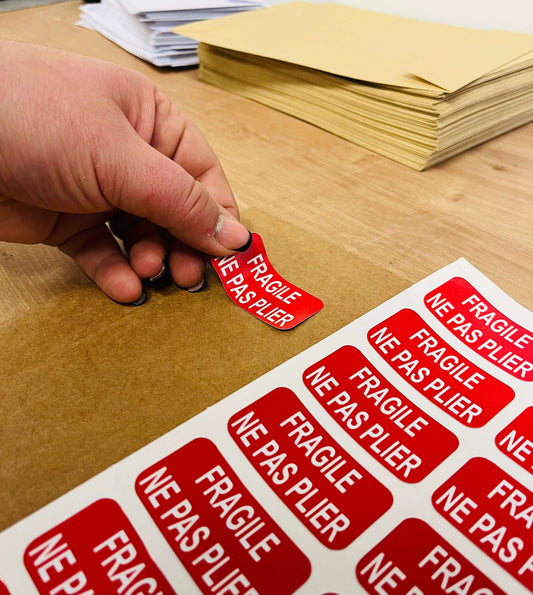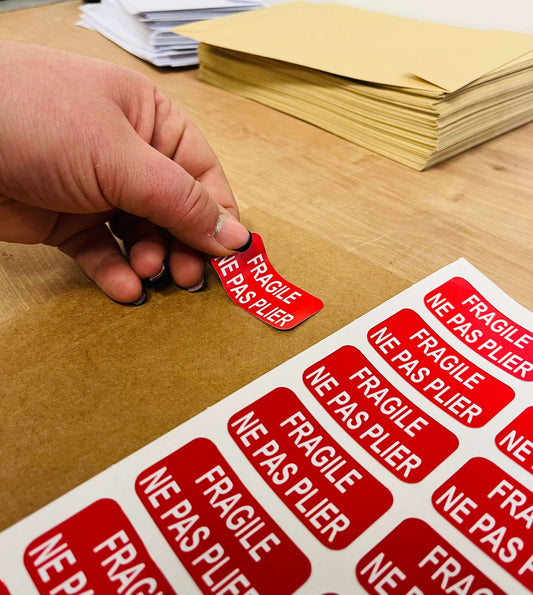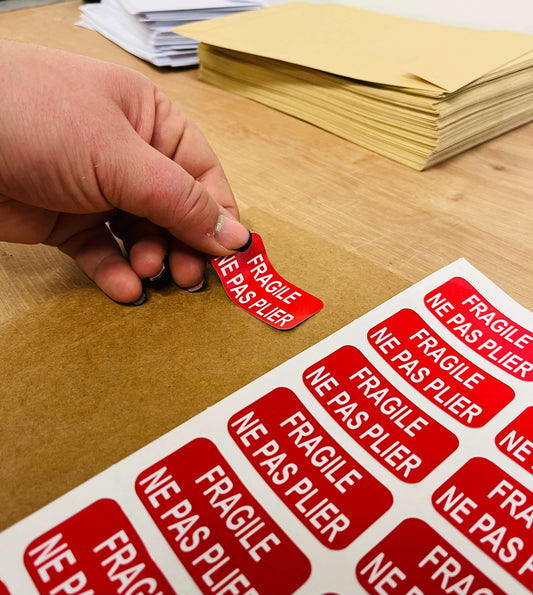Stickers pour vélo personnalisés
-
Sticker vélo USA personnalisé
Prix habituel €9.99 EURPrix habituelPrix unitaire par -
Sticker vélo France personnalisé
Prix habituel €9.99 EURPrix habituelPrix unitaire par -
Sticker vélo Allemagne personnalisé
Prix habituel €9.99 EURPrix habituelPrix unitaire par -
Sticker vélo Belgique personnalisé
Prix habituel €9.99 EURPrix habituelPrix unitaire par
Stickers pour vos réseaux sociaux
-
Youtube personnalisé sticker autocollant
Prix habituel Du €6.90 EURPrix habituelPrix unitaire par -
Twitter personnalisé sticker autocollant
Prix habituel Du €6.90 EURPrix habituelPrix unitaire par -
Twitch personnalisé sticker autocollant
Prix habituel Du €6.90 EURPrix habituelPrix unitaire par -
Tiktok personnalisé sticker autocollant
Prix habituel Du €6.90 EURPrix habituelPrix unitaire par
Stickers Angles Morts
-
Sticker autocollant Angles Morts Bus Autocar - angle mort
Prix habituel Du €8.90 EURPrix habituelPrix unitaire par -
Sticker autocollant Angles Morts Camion - Adhésif angle mort
populairePrix habituel Du €8.90 EURPrix habituelPrix unitaire par
Étiquettes pour les bocaux
-
Étiquettes pour bocaux personnalisées - Style 1
Prix habituel €4.90 EURPrix habituelPrix unitaire par -
Étiquettes pour bocaux personnalisées - Style 2
Prix habituel €4.90 EURPrix habituelPrix unitaire par -
Étiquettes pour bocaux personnalisées - Style 3
Prix habituel €4.90 EURPrix habituelPrix unitaire par -
Étiquettes pour bocaux personnalisées - Style 4
Prix habituel €4.90 EURPrix habituelPrix unitaire par
Étiquettes personnalisées par utilisation
-
Étiquettes imperméables waterproof
Prix habituel Du €0.80 EURPrix habituelPrix unitaire par -
Étiquettes pour bougies
Prix habituel Du €0.80 EURPrix habituelPrix unitaire par -
Étiquettes pour café
Prix habituel Du €0.80 EURPrix habituelPrix unitaire par -
Etiquette pour enfant avec prénom
Prix habituel Du €0.80 EURPrix habituelPrix unitaire par

